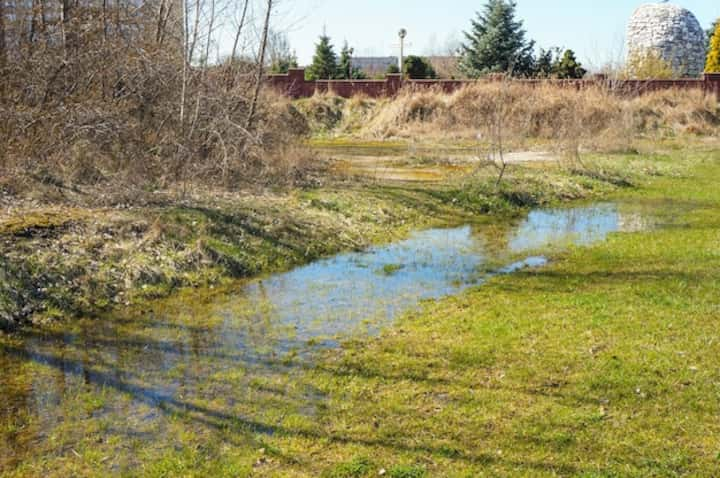
Ultimate Guide to Backflow Assembly Testing Cost, Prevention, and Repair
Backflow prevention is an essential aspect of plumbing systems, ensuring that contaminated water does not reverse flow into clean water supplies. Understanding the costs, prevention methods, and repair techniques associated with backflow assembly testing is crucial for homeowners and facility managers alike. This guide provides a comprehensive overview, offering valuable insights into what backflow assembly entails, its importance, and the financial implications associated with maintaining a safe water supply.
Understanding Backflow Assembly Testing
Backflow assembly testing is a critical process that verifies the functionality of backflow prevention devices. These devices are installed in plumbing systems to prevent the backflow of contaminated water into potable water sources. Regular testing is mandated by local regulations to ensure these assemblies function correctly.
Components of Backflow Prevention
- Check Valves: These allow water to flow in one direction and prevent reverse flow.
- Reduced Pressure Zones: These maintain a lower pressure in the clean water system compared to the contaminated side.
- Double Check Valve Assemblies: These provide redundancy in preventing backflow by using two check valves in series.
Each of these components plays a crucial role in maintaining water safety and must be tested regularly to ensure effectiveness. Find additional information here.
Cost of Backflow Assembly Testing
The cost of backflow assembly testing varies depending on several factors, including the complexity of the plumbing system and local market rates. On average, the testing can range from $75 to $200 per device. However, additional charges may apply if repairs are needed or if the testing reveals non-compliance with local regulations.
Factors Influencing Cost
- Location: Pricing can vary significantly based on geographical location.
- Device Complexity: More complex backflow prevention devices may require more time and expertise to test.
- Service Frequency: Regular maintenance contracts can sometimes reduce per-test costs.
- Compliance Requirements: Areas with strict regulatory requirements may have higher testing costs.
It is important to budget for this essential service to avoid potential fines and ensure the safety of the water supply. Explore further insights here.
Preventing Backflow Issues
Preventing backflow is primarily about ensuring that backflow prevention devices are installed correctly and maintained regularly. Some proactive measures can help minimize the risk of backflow incidents:
Key Prevention Strategies
- Regular Inspections: Conduct periodic inspections to identify and rectify potential issues before they escalate.
- Professional Installation: Ensure devices are installed by certified professionals to comply with local codes.
- Routine Maintenance: Schedule regular maintenance to keep devices in optimal condition.
- Educate Users: Inform users about the importance of not bypassing or tampering with backflow prevention devices.
Implementing these strategies can significantly reduce the likelihood of backflow incidents and help maintain a safe water supply. Read more about this topic.
Repairing Backflow Prevention Devices
Despite regular maintenance, backflow prevention devices may occasionally require repairs. Addressing these repairs promptly is crucial to avoid water contamination and ensure compliance with health regulations.
Common Repair Needs
- Leakage: Seals and valves may wear out over time, leading to leaks.
- Valve Failure: Internal valve components can fail, necessitating replacement.
- Pressure Loss: Reduced pressure zones might not maintain the required pressure differential.
- Corrosion: Metal components can corrode, affecting functionality.
Repair costs can vary widely based on the type and extent of damage. It is advisable to consult with a professional plumber to assess and repair any issues effectively. Learn more in this detailed guide.
Conclusion
Backflow assembly testing, prevention, and repair are integral to maintaining a safe and compliant plumbing system. Understanding the costs involved and implementing preventive measures can save significant expenses in the long run. Regular testing, professional installation, and prompt repairs are essential to ensuring that backflow prevention devices operate effectively, protecting the integrity of potable water supplies. Explore further insights here.